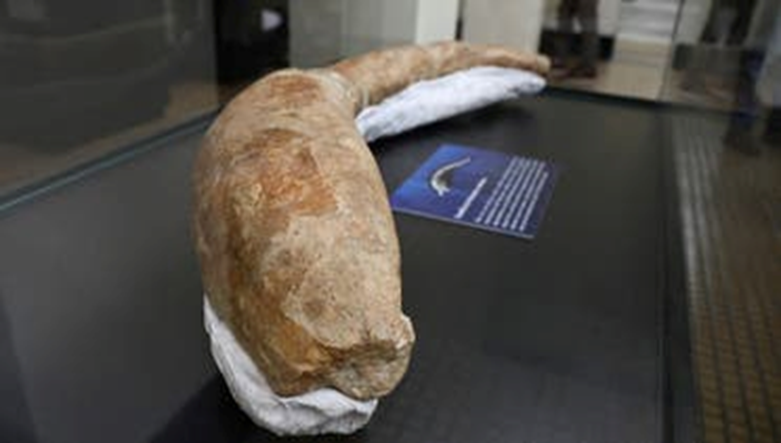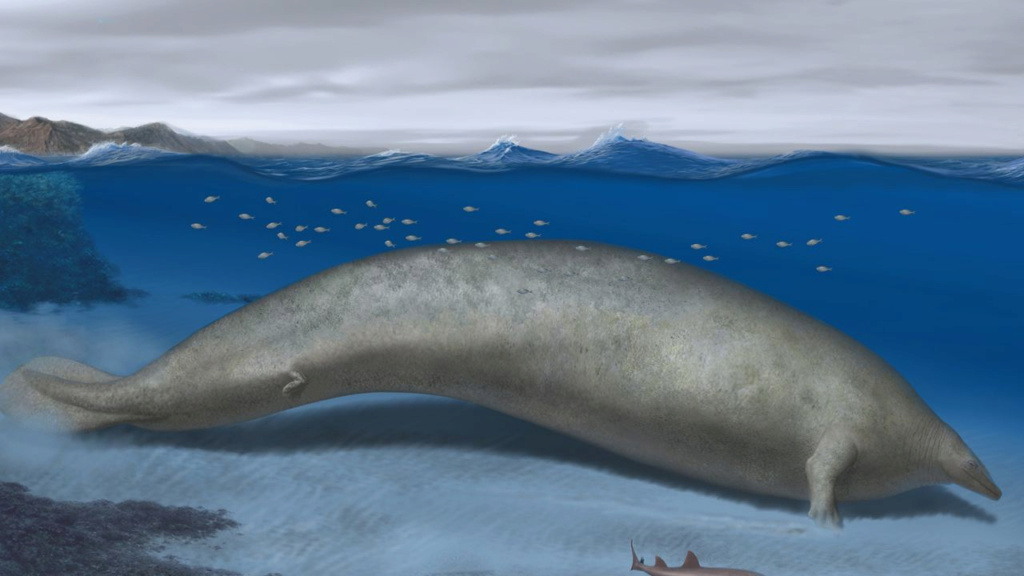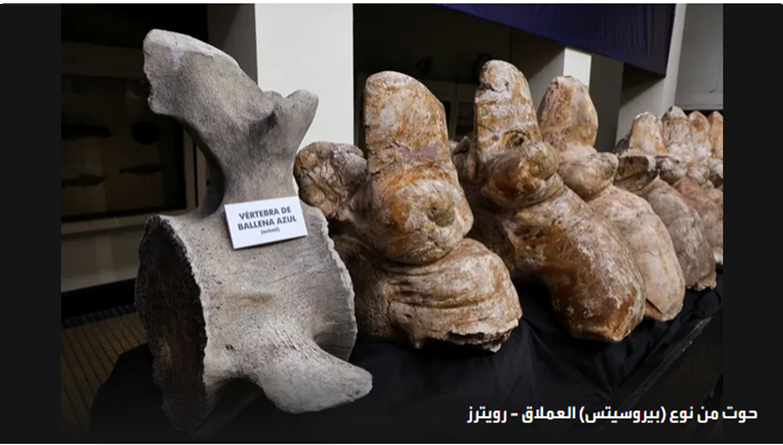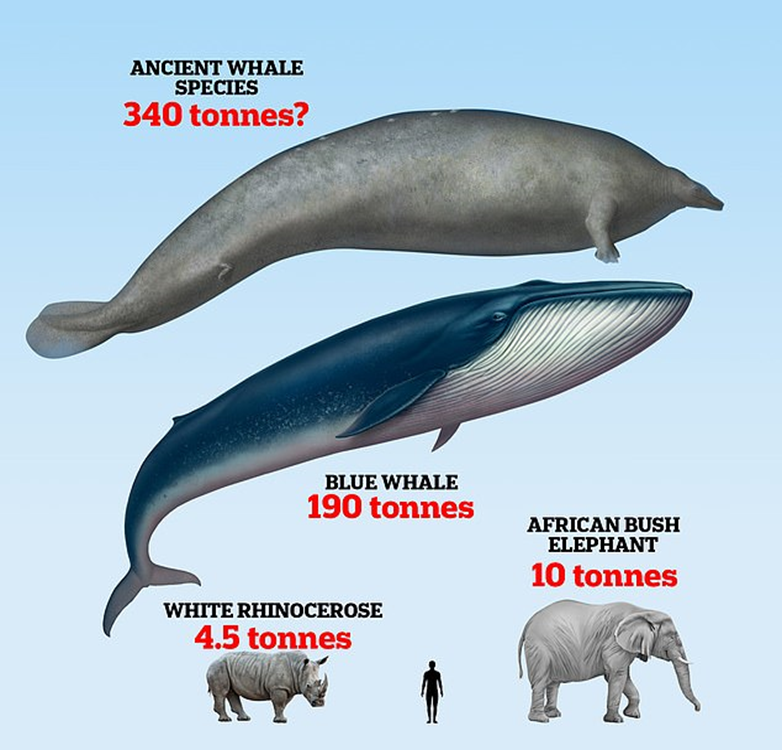A whale from the dawn of history.. the largest creature known to Earth was found

Berossets whale was 20 meters long and weighed up to 340 tons, a mass that exceeds any other known animal, including the contemporary blue whale and the largest dinosaur.
Today, Wednesday, scientists described fossils unearthed in Peru of a giant "Perocetus" whale that lived about 38 to 40 million years ago during the predawn era (Eocene), a creature somewhat similar in composition to a manatee, and its mass may have exceeded that of a whale Blue, which has long been considered the largest animal recorded in history, has been identified as a whale from the dawn of time.
The researchers estimated that Berossets whale was 20 meters long and weighed up to 340 tons, a mass that exceeds any other known animal, including the contemporary blue whale and the largest dinosaur. The scientific name Perocetes means "giant Peruvian whale".

For his part, Giovanni Bianucci, a paleobiologist at the University of Pisa in Italy and the lead author of the research published in the scientific journal (Nature), said, "The main feature of this animal is certainly its huge weight, which indicates the existence of creatures that have features beyond our imagination."
Bigger than dinosaurs
The estimate for the smallest size of Perusetes is 85 tons, the average is 180. The largest known blue whale weighed about 190 tons, although it was longer than Perusetes, with a length of 33.5 meters recorded. Studies estimated the weight of the huge dinosaur Argentinosaurus (Argentinosaurus) at about 76 tons. It is a long-necked, four-legged, herbivorous dinosaur that lived in Argentina about 95 million years ago and was ranked in a study published in May as the largest dinosaur of all.
The found part of the skeleton of Perusets was extracted from a desert on the coast of southern Peru, an area rich in whale fossils. The skeleton included 13 vertebrae, four ribs and a pelvic bone. The very large bones were very dense and intact. This feature is not found in cetaceans, which include whales, dolphins, and porpoises, but it is present in Sirenians, another group of aquatic organisms that includes manatees and dugongs.
Only the skeletal mass of Berossetes has been estimated at between five and eight tons, which is at least twice as large as the blue whale.

Peaceful giant!
No remains of the skull or teeth were found, making it difficult to explain the diet or lifestyle of the Pyrocetes.
The researchers think that Pyrocetes lived like a sirenian, that is, it was not an active predator, but rather an animal feeding near the bottom of shallow coastal waters.

Olivier Lambert, a paleontologist at the Royal Belgian Institute of Natural Sciences in Brussels, said: "Because of its heavy skeleton and, for the most part, its very large body, this animal was emphatically slow swimmer. This seems to me, at this stage of our knowledge and awareness, to be a kind of peaceful giant." "A little big manatee. It must have been an imposing animal, but maybe it wasn't so scary."
"It may have been herbivorous like cetaceans, but that would be the only case among cetaceans," Bianucci said. "It may have fed on molluscs and crustaceans on sandy bottoms like the modern gray whale. Or it may have fed on vertebrate carcasses, similar to some of the great sharks that exist today."
Skeletal features indicate that Berosytes is related to Basilosaurus, another early-dawn whale that was similar in length but smaller. But Basilosaurus was an active predator with a lighter body, powerful jaws, and huge teeth.
Source: websites

